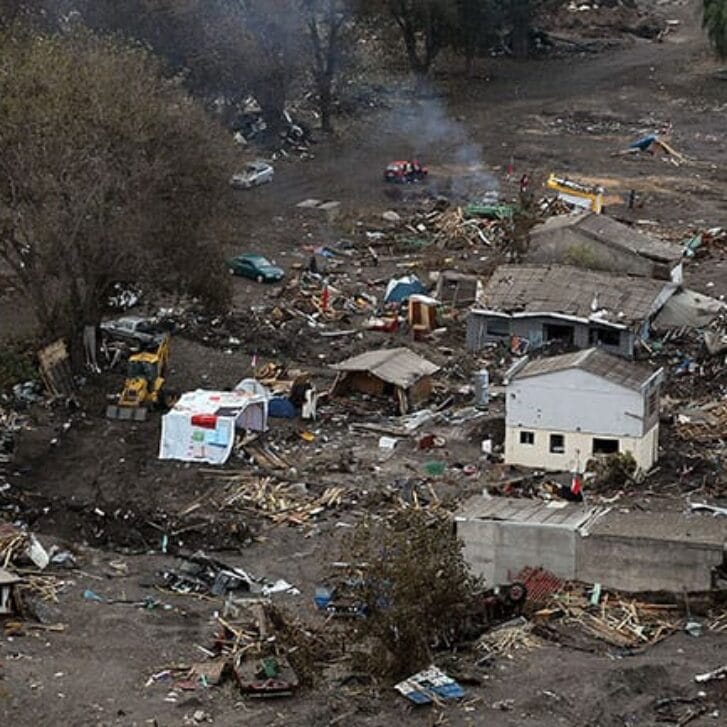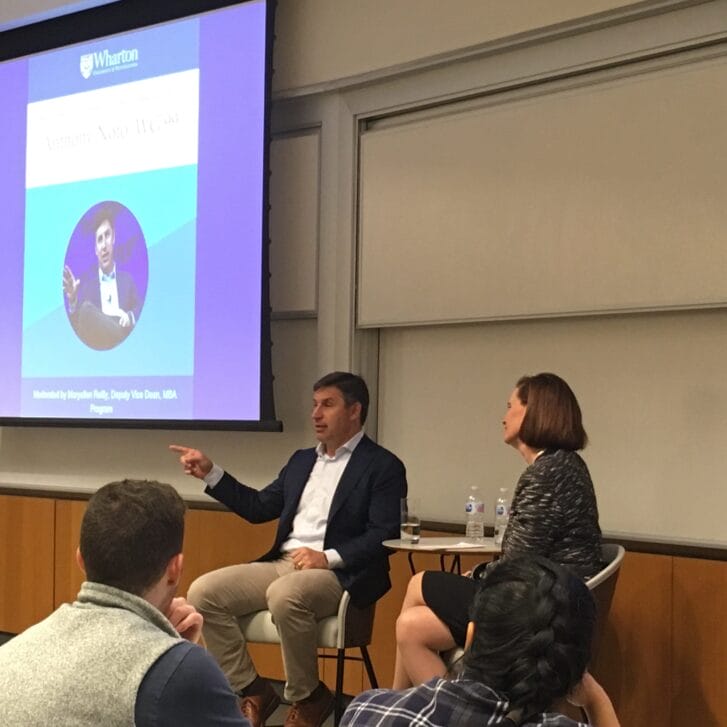
In our new book published by Wharton Digital Press, The Strategic Leader’s Roadmap, Harbir Singh and I offer a 6-point checklist for leading strategically that will help managers strengthen their capacity to develop strategy and to lead its execution. One of the most critical capabilities we highlight in the book is the ability to convey strategic intent.
Whether chief executive or a front-line supervisor, managers at all levels must also be able to communicate the organization’s strategic agenda in ways that are both unambiguous and persuasive, setting forward what is to be sought in the longer run.
While defining direction, it’s essential that managers refrain from detailing or micromanaging the specific actions that must be taken, though they certainly continue to hold their team members or subordinates accountable. Gary Hamel and C. K. Prahalad explicitly articulated the value of strategic intent for business more than a quarter century ago, advocating that company leaders offer a clear and sustained statement of company direction without detailing its execution. In one common phrasing, conveying strategic intent entails “hands off but eyes on.”
Specifically, it includes two key steps:
- Communicate the organization’s strategic agenda with complete clarity.
- Refrain from detailing how strategy is implemented. Those responsible must develop a plan and execute it to meet the strategic agenda outlined.
The integrating power of strategic intent has been especially well developed in the US Armed Forces, which has long advocated that their commanders appreciate and apply it. Senior officers are instructed to exercise leadership of their forces through clear-minded strategic instructions to subordinates and then enforcement of their “commander’s intent.” Because field officers often face uncertain, complex, and changing terrains in leading an operation, senior officers are called to clearly instruct their troops in an operation’s mission, objectives, and strategy—but then to let their trained and disciplined subordinates implement the strategy for achieving those objectives, making adjustments as required but without further guidance from above.
The US Armed Forces later expanded this emphasis on commander’s intent to include “mission command,” defined, in the case of the US Army as “the exercise of authority and direction by the commander using mission orders to enable disciplined initiative within the commander’s intent.” The purpose is “to empower agile and adaptive leaders in the conduct” of their duties. In the injunction of the US Chairman of the Joint Chiefs of Staff, the nation’s highest-ranking military officer, service commanders “must understand the problem, envision the end state, and visualize the nature and design of the operation”—but then delegate its execution to their “agile and adaptive” subordinates.
The actions taken by Chile’s President Sebastián Piñera following a calamitous event in his country further exhibit this strategic leadership capability in action.
On February 27, 2010, Chile suffered an 8.8-magnitude earthquake. It was not just another seismic shock. The event, referenced in Chile as F27, released five hundred times more energy than the earthquake in Haiti just six weeks earlier that had killed more than 200,000. The Chilean event was the sixth greatest earthquake ever recorded on earth, and NASA estimated that it moved the country west by eight inches and tilted the Earth’s axis by three. F27 devastated schools, hospitals, roads, homes, and businesses across a huge swath of the country’s midsection, paralyzing the country for weeks.
The economic damage proved massive: Recovery would cost Chile the equivalent of 18% of its gross domestic product, nearly a fifth of what the entire country produced in a year. That was comparable to $2.7 trillion in economic loss in the United States, or more than twenty times greater than that inflicted by Hurricane Katrina in 2005, America’s costliest natural disaster to date.
Piñera, inaugurated shortly after the earthquake, mobilized his cabinet to help the injured and bury the dead, and then to repair hospitals and rebuild homes. He instructed his ministers to fully restore damaged buildings and infrastructure on a demanding timeline—while detailing little about how they should proceed. He insisted, for instance, that his education minister arrange for all of the country’s schoolchildren to be back in school within six weeks—yet offered little guidance on how to do so. The six-week goal was no small stretch since a third of the country’s schoolhouses had been destroyed or severely damaged and a million students were without facilities. But within the president’s unambiguous marching orders, it was then left to the minister of education to devise a solution.
Just six weeks later, the education minister had arranged for all of the country’s 1 million children to be back in a classroom, albeit some in community centers, private homes, or even school buses. But the president’s formula had proven effective: He had set forward his strategic intent and left his education minister to develop and execute a complex plan to achieve the goal on short notice, a plan that the president had neither the time nor the temperament to detail. Similarly, at the president’s insistence, Chile’s finance minister helped get the economy back on track within a year, implementing a plan to achieve a 6% annual growth rate at a time when the world economy was still reeling from the 2008–09 financial crisis. The president proposed but let his ministers dispose.
The president’s strategic intent did not stop with his country’s immediate recovery. He also insisted that his ministers think long term, that the national comeback go well beyond what the country had in place prior to the earthquake, including stronger early warning systems, more resilient buildings, and better tsunami barriers. The president set forward a far-reaching strategic intent for national improvement, requiring his cabinet ministers to lay out and achieve a host of long-term goals for making the country more robust in the face of future calamities.
The president’s long-term intent made clear, he again left it largely up to his subordinates to execute, though his delegation of responsibility did not stop there. He took on the role of taskmaster, holding his cabinet ministers accountable for achieving their goals in detail. He insisted that they develop evidence-based options and make data-driven decisions, and he demanded that all of the specific targets in their comprehensive reconstruction plans be achieved on schedule.
In both examples, a strategic leader set forward unambiguous strategic intent. But the strategy’s execution was delegated to those on the ground who were in the best position to implement it. These are lessons we can all learn from in order to become more strategic leaders.
Adapted from The Strategic Leader’s Roadmap: 6 Steps for Integrating Leadership and Strategy, by Harbir Singh, Mack Professor of Management, Co-Director of the Mack Institute for Innovation Management, and Vice Dean for Global Initiatives; and Michael Useem, Egan Professor of Management, Faculty Director of the McNulty Leadership Program, and Director of the Center for Leadership and Change Management. Copyright 2016. Reprinted by permission of Wharton Digital Press.


























